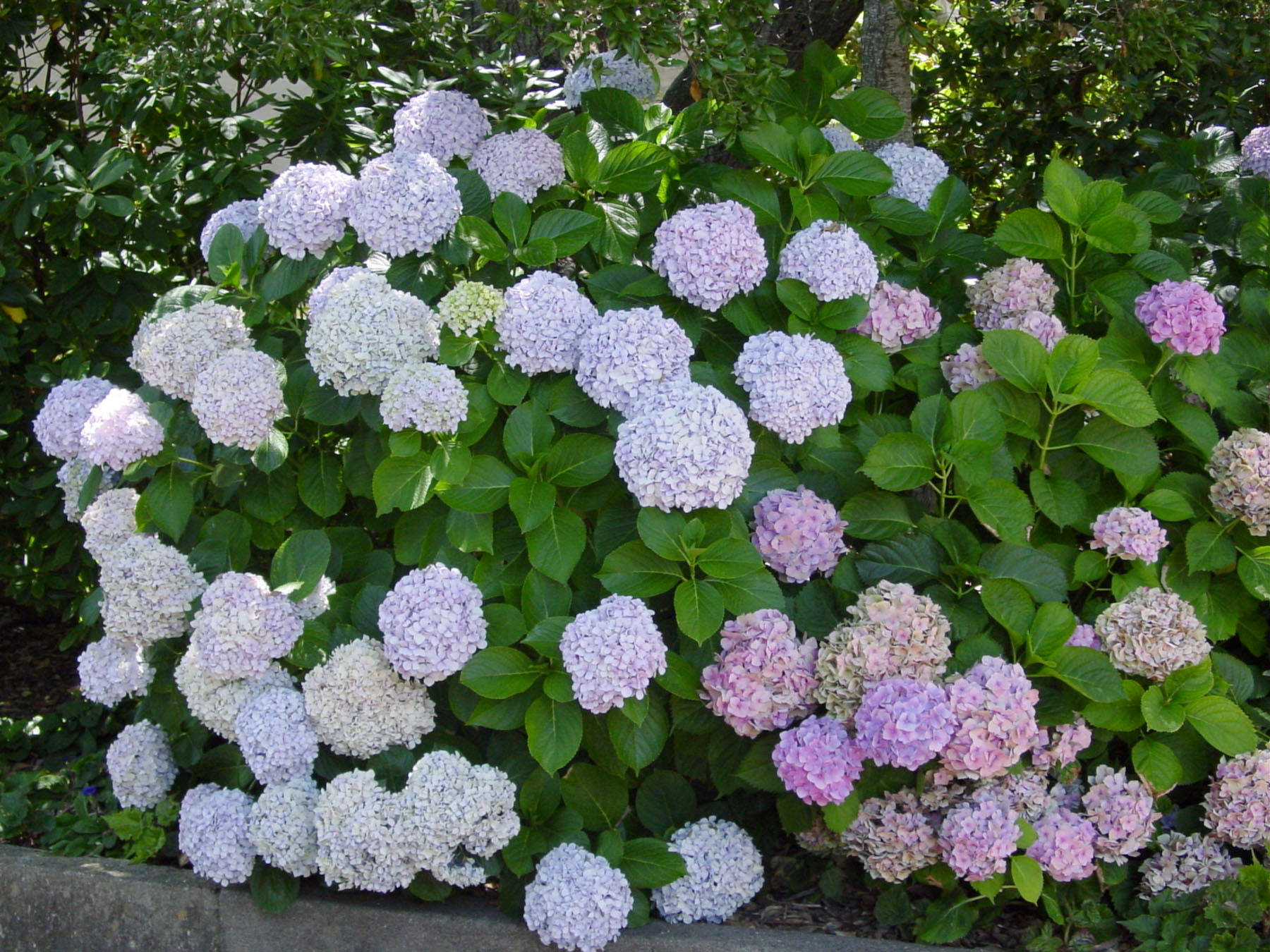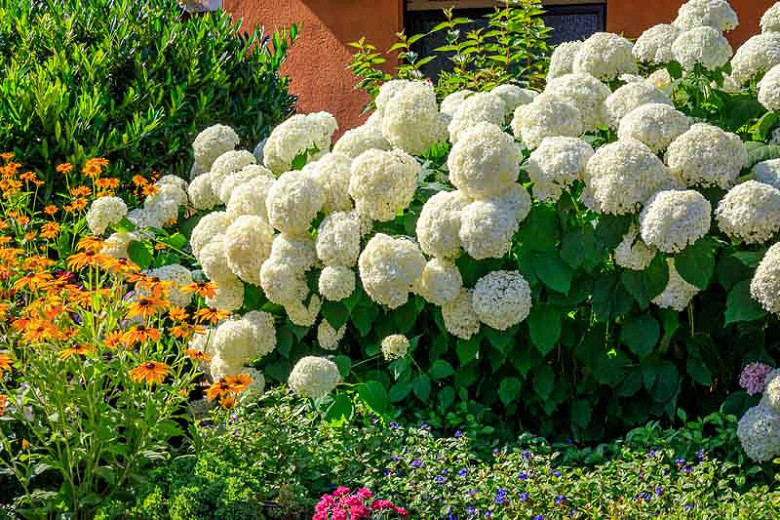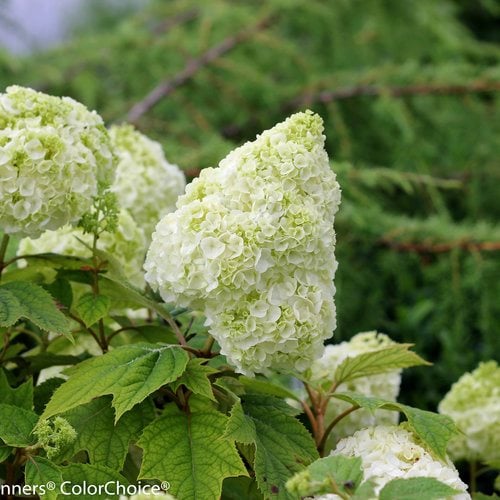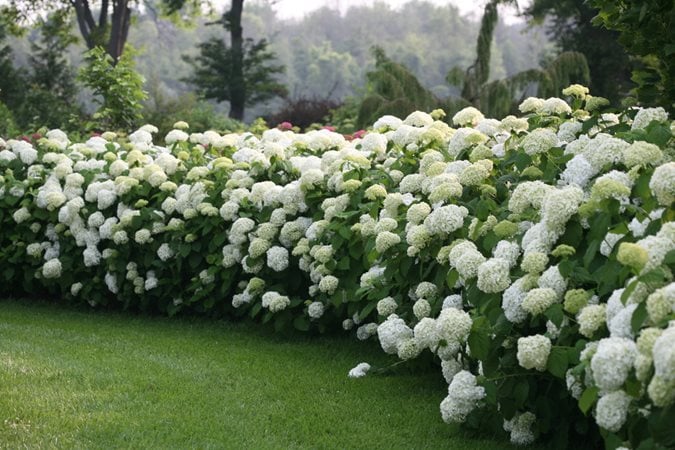Hydrangeas In Shade: The Ultimate Guide To Growing These Beautiful Blooms In Shady Spots
Hydrangeas in Shade: The Ultimate Guide to Growing These Beautiful Blooms in Shady Spots
Hydrangeas are some of the most popular flowering shrubs in the world, and for good reason. They come in a wide variety of colors, sizes, and shapes, and they can add a touch of beauty to any garden. But what if you have a shady garden? Can you still grow hydrangeas?
The good news is, yes, you can! Hydrangeas can actually thrive in shady spots, as long as you know how to care for them properly. In this blog post, we will discuss everything you need to know about growing hydrangeas in shade.
Choosing the Right Hydrangea for Shade
Not all hydrangeas are created equal. Some varieties are more shade-tolerant than others. Here are a few of the best hydrangeas for shady gardens:
- Bigleaf hydrangea (Hydrangea macrophylla): This is the most popular type of hydrangea, and it comes in a wide variety of colors, including blue, pink, and white. Bigleaf hydrangeas are relatively easy to care for, and they can grow to be quite large, so they are a good choice for larger gardens.

- Smooth hydrangea (Hydrangea arborescens): This type of hydrangea is native to North America, and it is a good choice for gardens in colder climates. Smooth hydrangeas are not as showy as bigleaf hydrangeas, but they are still very attractive.

- Oakleaf hydrangea (Hydrangea quercifolia): This type of hydrangea is known for its large, oak-shaped leaves. Oakleaf hydrangeas are not as common as bigleaf or smooth hydrangeas, but they are a beautiful addition to any garden.

Growing Hydrangeas in Shade
Once you have chosen the right hydrangea for your garden, it is important to plant it in the right spot. Hydrangeas need partial shade to full shade, so avoid planting them in full sun. They also need well-draining soil, so amend the soil with compost or peat moss before planting.
Hydrangeas are relatively easy to care for, but they do need regular watering. Water them deeply once a week, and more often during hot, dry weather. You may also need to fertilize them once a month during the growing season.
Changing the Color of Hydrangeas
Did you know that you can change the color of hydrangeas? The color of hydrangea flowers is determined by the pH of the soil. In acidic soil, hydrangeas will bloom blue, while in alkaline soil, they will bloom pink. You can change the pH of the soil by adding sulfur to acidic soil or lime to alkaline soil.
Conclusion
Growing hydrangeas in shade is easy, as long as you choose the right variety and plant it in the right spot. With a little care and attention, you can enjoy beautiful hydrangea blooms for years to come.
Hydrangeas are beautiful flowers that can add a touch of elegance to any garden. However, not all hydrangeas are created equal. Some varieties, such as the bigleaf hydrangea, prefer full sun, while others, such as the oakleaf hydrangea, prefer partial shade.
If you're looking for a hydrangea that will thrive in shade, then you'll want to choose a variety that is specifically suited for shady conditions. The website has a comprehensive list of hydrangea varieties that are suitable for shade.
In addition to providing information about hydrangea varieties, the website also offers tips on how to care for hydrangeas in shade. You'll learn about the best type of soil for hydrangeas, how often to water them, and how to fertilize them.
So, if you're thinking about adding a hydrangea to your shady garden, be sure to visit the website for more information.
FAQ of hydrangea shade
1. Do hydrangeas need shade?
- Answer: Hydrangeas can tolerate a range of light conditions, but they generally prefer partial shade. Too much sun can scorch their leaves and prevent them from blooming as well. The best location for a hydrangea is one that receives morning sun and afternoon shade.
2. What happens if I plant a hydrangea in full sun?
- Answer: If you plant a hydrangea in full sun, it is likely to suffer from leaf scorch and not bloom as well. The leaves may turn yellow or brown, and the plant may become stressed. If you live in a hot climate, it is best to plant your hydrangea in a location that receives partial shade.
3. How much shade do hydrangeas need?
- Answer: Hydrangeas need at least 4-6 hours of shade per day. If you live in a hot climate, you may need to provide more shade. The best way to determine how much shade your hydrangea needs is to observe it throughout the day. If the leaves are starting to scorch, you need to provide more shade.
4. What are some good companion plants for hydrangeas?
- Answer: Some good companion plants for hydrangeas include hostas, ferns, and astilbe. These plants all prefer partial shade and will help to create a lush, shady garden.
5. How do I care for hydrangeas in shade?
- Answer: Hydrangeas in shade need regular watering, especially during the hot summer months. You should also fertilize them once a year in the spring. Hydrangeas in shade are less likely to bloom as well as those in full sun, but they can still be beautiful additions to your garden.
Image of hydrangea shade
- Pink hydrangeas: These hydrangeas are a popular choice for gardens and bouquets. They come in a variety of shades of pink, from light pastels to deep, vibrant hues.
- Blue hydrangeas: These hydrangeas are known for their beautiful blue blooms. The color of blue hydrangeas can vary depending on the soil pH, with more acidic soils producing darker blue blooms.
- Purple hydrangeas: These hydrangeas are a mix of pink and blue, resulting in a beautiful purple hue. Purple hydrangeas are also known for their changing colors throughout the season, starting out as pink and gradually turning blue as the summer progresses.

- Green hydrangeas: These hydrangeas are a rare sight, but they are absolutely stunning. Green hydrangeas are typically found in areas with alkaline soils.

- White hydrangeas: These hydrangeas are a classic choice for gardens and bouquets. They come in a variety of shades of white, from pure white to creamy ivory.

Post a Comment for "Hydrangeas In Shade: The Ultimate Guide To Growing These Beautiful Blooms In Shady Spots"